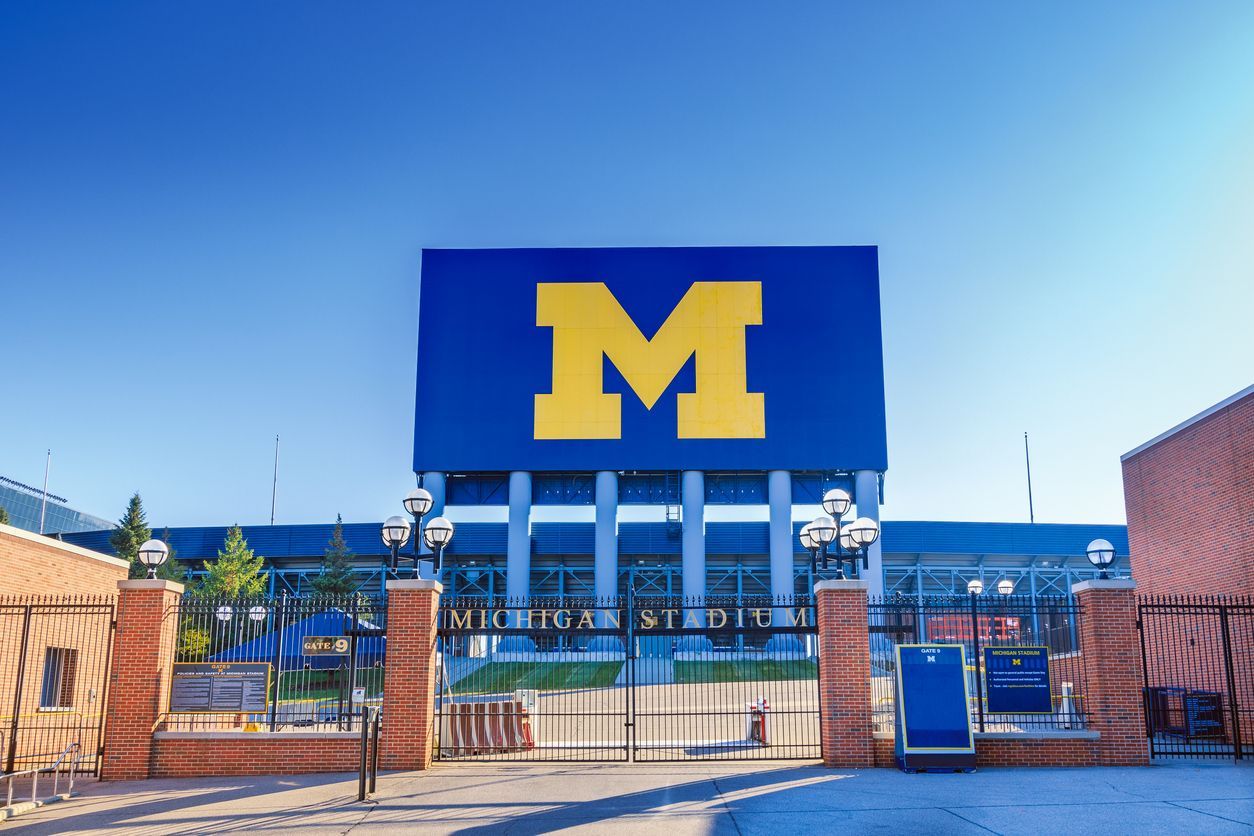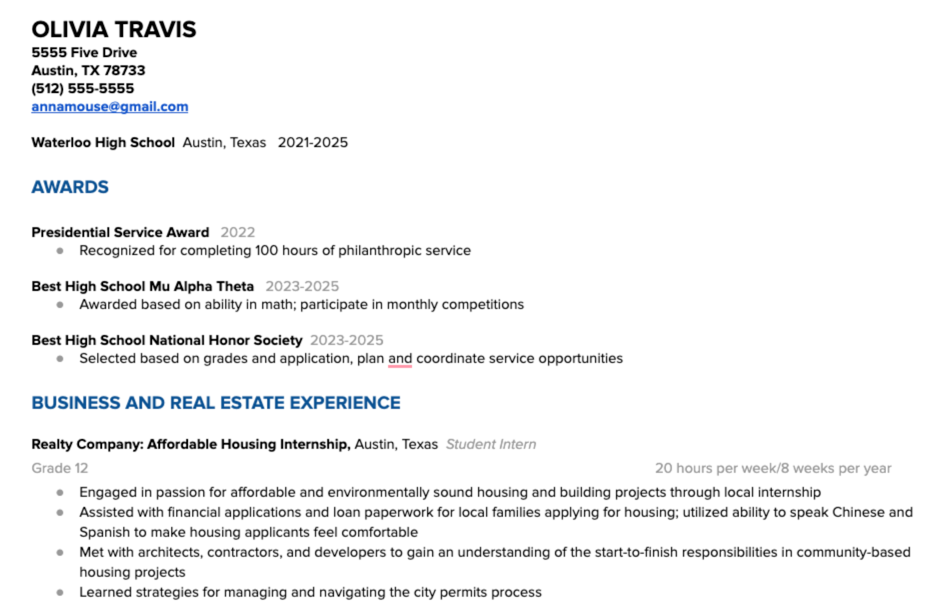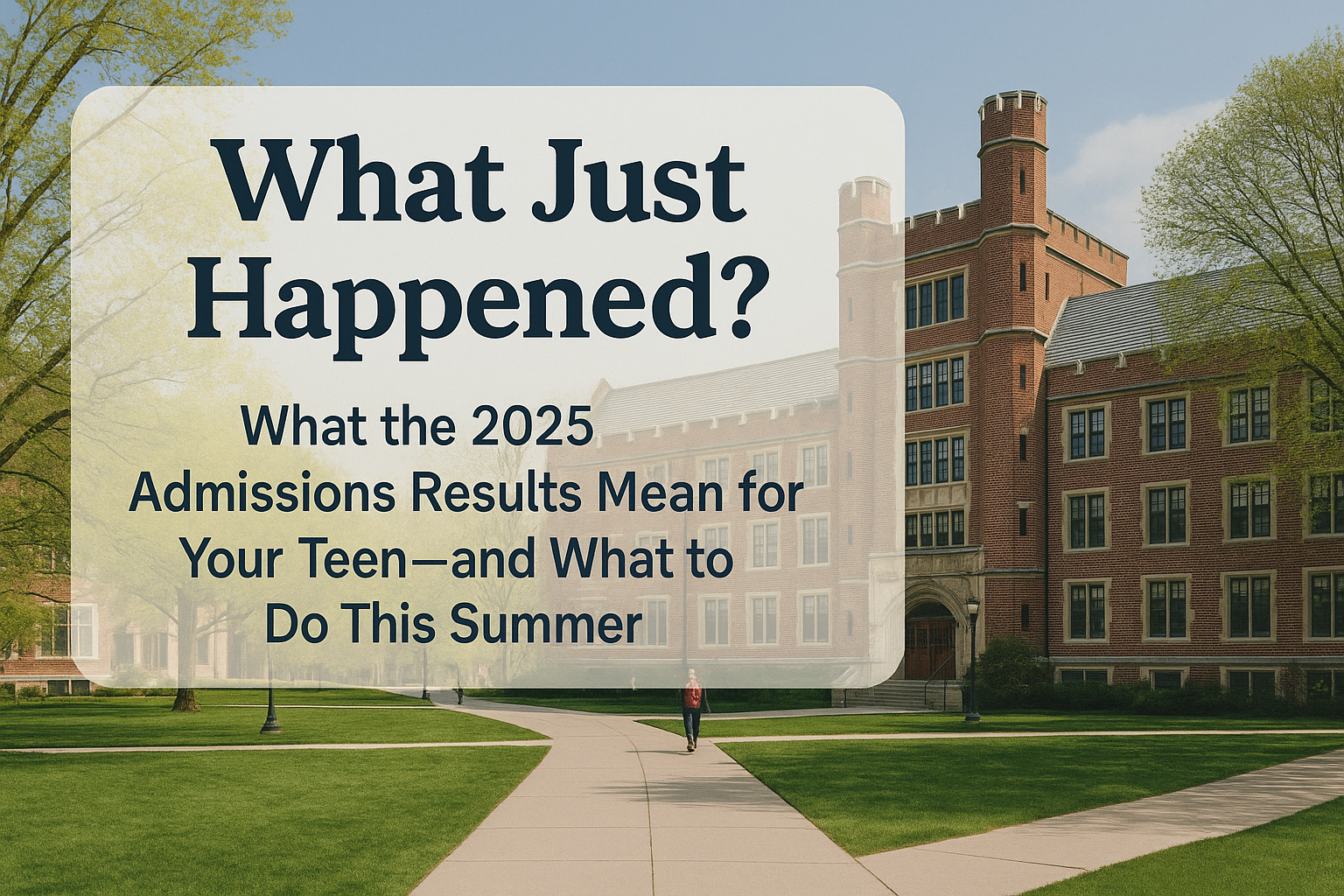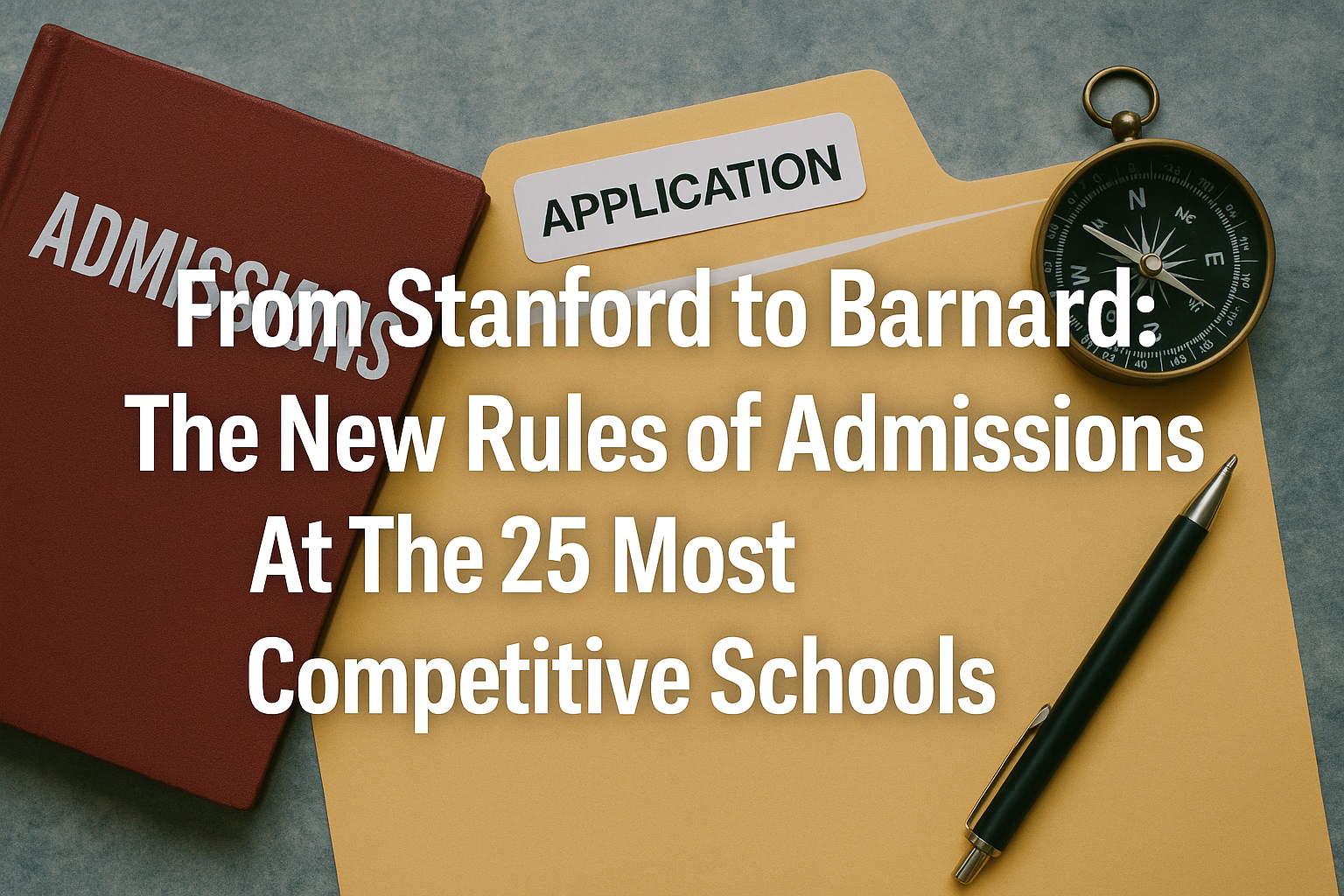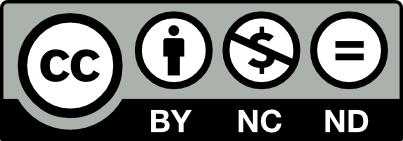This page is licensed under Creative Commons under Attribution 4.0 International. Anyone can share content from this page, with attribution and link to College MatchPoint requested.
What Students & Parents Need to Know about the 2024 College Admission Results
8 Trends from the Most Unpredictable College Admissions Season Ever
The 2023 college admission results are in, and it's safe to say this year was the most unpredictable year in recent history. It was a year filled with excitement for many students and confusion for some students. With an overwhelming number of applications submitted to many colleges and universities, the competition to secure a spot has become more intense.
As high school students gear up for the college planning and application portions of their journey to college, it's important to note the eight key trends that have emerged from this year's admission cycle.
TREND #1
Application Inflation Stoked by Test-Optional Policies.
The Common App reports a 32% increase in college applications submitted to public and private colleges since 2020. This rise in applications has led to a phenomenon known as
application inflation, where colleges receive more applications than they can reasonably consider. One of the primary driver of this trend is test-optional policies. Many colleges continue to not require test scores for admissions, a trend that started in 2020 due to pandemic-related challenges and safety concerns. This year, more than 90% of colleges have a test-optional policy, with some making it a permanent policy, such as Columbia University and William and Mary. In 2019–20, 74% of students reported a test score with their college application. In this year's admission season, 43% of applicants included a test score with their application. The overwhelming majority of colleges accept most of their applicants, so students can benefit by considering a wide range of schools.
TREND #2
The Hardest Hit Were the Most Selective Schools.
Ivy League universities and other selective colleges are now even harder to get into this year, with acceptance rates dropping as low as 3-4%. This is a significant decrease from the previous acceptance rates of 7-8%. This year, Yale, MIT, Harvard, Columbia, Stanford, and Brown all reported admit rates below 5%. The small acceptance rates indicate that top schools now require more than just perfect grades and test scores. It's important for students to explore different colleges when making their college lists, and not to rely exclusively on these prestigious schools.
TREND #3
The Focus on Early Applications Intensified.
Applying to colleges with early action and early decision options has become more popular than ever among students. Roughly
50% of applicants apply early, and colleges often fill a significant portion of their incoming class through these early application options. This often means students who apply early have a higher chance of being admitted, as well as a head start in the college decision-making process.
TREND #4
Record-High Deferrals at Many Schools.
One impact of application inflation has been that many high school seniors are facing the challenge of deferment. This year, many students applied in the early rounds to gain admission in December and January. However, colleges are deferring a significant portion of their applicant pools, leading to frustration and disappointment. Wisconsin deferred 17,000 of its 45,000 early action applicants, while USC deferred about 94 percent of its early pool. Clemson asked almost 15,000 of its 26,000 early applicants to wait for a decision, only rejecting 300.
TREND #5
Success in Sports Drove Application Inflation at Many Schools.
Universities and colleges in the South and Midwest with successful sports teams have seen a dramatic rise in applications, particularly from out-of-state students. The University of Tennessee is a prime example of this trend, with out-of-state applications increased by 51.3% over last year. As a result, the acceptance rates for out-of-state dropped by almost half this year, from 67.2% in 2022 to 33.3% in 2023. For many high school students, having a successful sports program is a significant factor in their decision-making process when choosing which colleges to apply to. It ranks as one of the top three priorities, alongside academics and campus culture, in determining their college list.
TREND #6
The Rise of More "Public Ivies."
Getting into state schools and flagship universities has become increasingly difficult, with in-state students facing more competition for spots due to an increase in out-of-state applicants. For example, Georgia Tech, UCLA, and Cal all report admit rates below 20%. Even lesser-known institutions have become more challenging to get into, so students must be strategic when creating their college lists.
We have a unique approach at College MatchPoint. It all begins and ends with our ultimate goal: for our students to thrive in their selected college.
The college application process can feel overwhelming, no matter how strong the student. But at College MatchPoint, we believe it should be organized, personal, and even fun, and we provide a framework that reduces the stress throughout the journey.
TREND #7
The Growth of Highly Selective Majors.
This year, the surge in application fueled the trend in highly selective majors at many schools. This means that even if a college has a relatively high acceptance rate, certain majors may have a significantly lower acceptance rate. Popular majors such as biology, business, engineering, computer science, and nursing are among the most highly selective. This makes the admissions process more competitive for students seeking to pursue these majors, requiring them to put forth their best efforts to secure admission.
KEY TAKEAWAY #8
Academic & Extracurricular Engagement Took Center Stage
In response to application inflation, colleges have placed an even greater emphasis on the student profile, including their academic transcripts and extracurricular activities. But top grades and test scores alone don't guarantee admission to competitive schools universities. Colleges are looking for sustained, long-term commitment to a particular cause or issue, as well as a clear connection between activities and the student's intended major, particularly for competitive majors such as engineering, computer science, pre-med, and business.
We have a unique approach at College MatchPoint. It all begins and ends with our ultimate goal: for our students to thrive in their selected college.
The college application process can feel overwhelming, no matter how strong the student. But at College MatchPoint, we believe it should be organized, personal, and even fun, and we provide a framework that reduces the stress throughout the journey.

The college admission process has become more competitive and unpredictable due to application inflation, requiring high school students to adjust their strategies. The increased difficulty of getting into state schools and flagship universities, the lower acceptance rates at selective colleges, and the growing importance of extracurricular activities emphasize the need for a diverse college list. To navigate this changing landscape, students must remain adaptable to all colleges on their list, including those that may not have been top choices initially, to create a well-rounded set of options.

